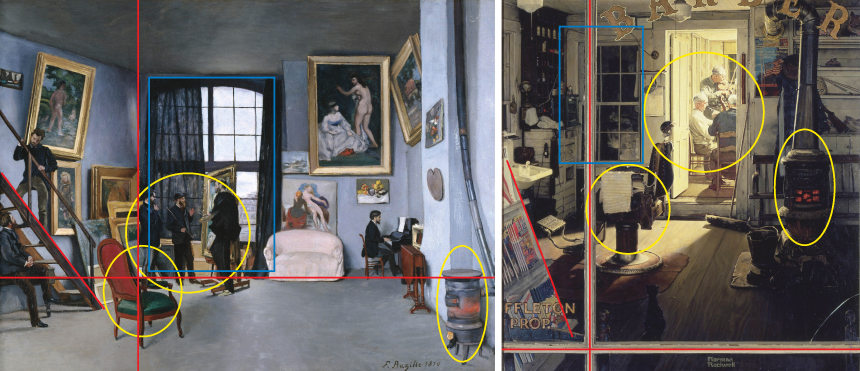Computer program reveals artists’ influences
Algorithm deciphers a painting's style by contents, composition, brushstroke

A new computer program was able to detect a subtle link between paintings by Frédéric Bazille (left) and Norman Rockwell (right).
Wikimedia Commons; Shuffleton’s Barbershop © SEPS by Curtis licensing, Norman Rockwell Museum Digital Collection